Tracking Down Mosquito Problems
CLEAN UP WATERHOLDING OBJECTS BY DUMPING THE WATER OR REMOVING THE OBJECTS
Mosquitoes are opportunistic, and will find and breed in a wide variety of places around the home. Any water-holding location can become a breeding site for mosquitoes. A half-cup of water can breed enough mosquitoes to cause a problem. You can get rid of your mosquito problems simply and without using pesticides by eliminating breeding locations around the home and yard. Common breeding areas around the home include:
| LOCATION | SOLUTION |
| Potted plants with pans | Don't overwater, remove pan if possible |
| Drainage ditches | Remove vegetation and obstructions to water flow |
| Low spots that hold water | Fill and regrade |
| Plugged roof gutters | Keep gutters clean |
| Pet dishes | Change water frequently |
| Trash piles | Remove or cover |
| Old tires | Remove or cover |
| Water holding containers | Remove or cover |
| Poorly maintained pools | Follow recommended maintenance |
| Bromeliads | Flush to remove larvae |
| Tree holes | Fill with sand or concrete |
| Debris on roofs | Remove debris |
| Ponds | Keep clean, stock with minnows |
| Boats | Cover or turn upside down |
| Bird baths | Flush at least once per week. |
Do you have mosquitoes in your yard?
Mosquito larvae grow in small water-holding containers, both natural and human-made, including items like plant saucers, buckets, used tires, bottles and cans, bird baths, tree holes, and the leaf axils of exotic bromeliad plants.
There are several types of mosquitoes that can be found in containers in Florida. Their scientific names are Aedes, Culex and Wyeomyia. The Wyeomyia mosquitoes can bite humans, but do not cause illness. Aedes and Culex are medically important because they can transmit viruses that cause Chikungunya, Dengue, West Nile, and Zika
What can you do to prevent these container mosquitoes?
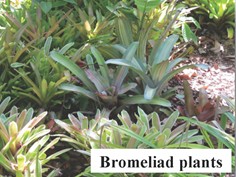 There are several options:
There are several options:
- Apply Mosquito Bits (A bacteria that is specific for killing mosquito larvae) every 7 days to the water-holding leaves of the plants. These can be purchased at local home improvement stores or on-line.
- Apply Altosit Pro-G (methoprene, and insect growth regulator) every 30 days to the water-holding leaves of the plants. Purchae online or at a Do-It-Yourself pest control stores.
- Use water to flush out the mosquitoes that may be living in the water-holding leaves. This must be done every 3-7 days to be effective. Make sure that the aquatic mosquitoes land in a dry area and that you are not just moving them from plant to plant. Removal of mosquito eggs from the plant leaves will require directed water pressure to dislodge and move them out of the plant into a dry area.
- Remove the containers
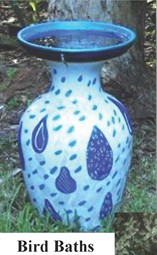
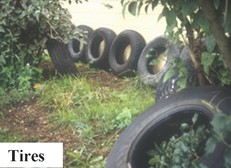
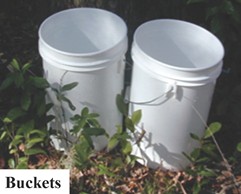
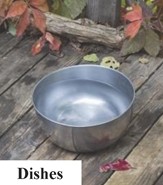
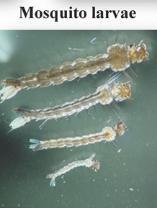
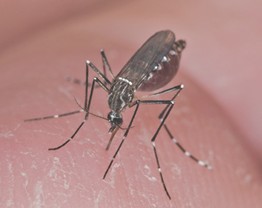 If water isn't treated or left alone, the aquatic phase of the mosquito will end up as an adult mosquito that will be looking to feed on blood!
If water isn't treated or left alone, the aquatic phase of the mosquito will end up as an adult mosquito that will be looking to feed on blood!
